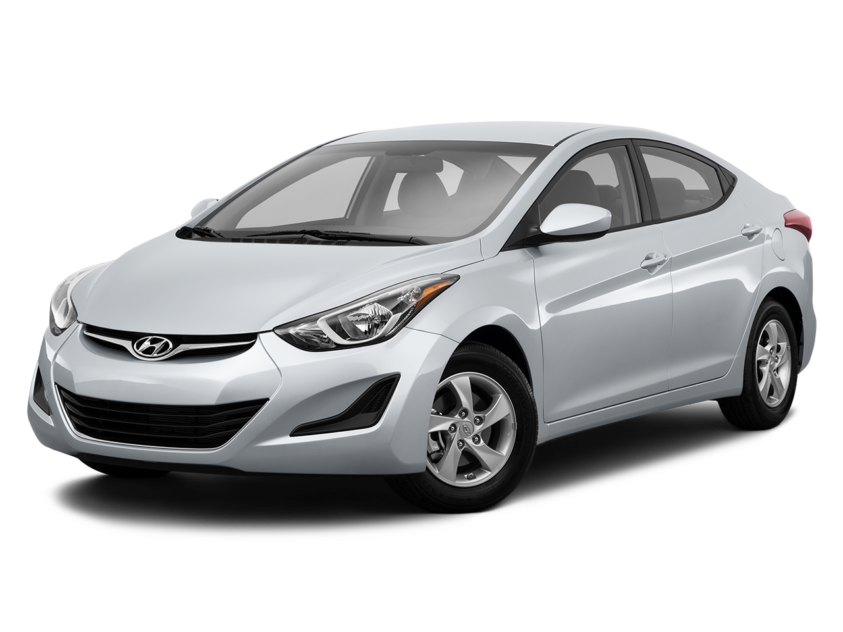Compare gap insurance quotes

Gap Insurance covers the shortfall between the primary insurer’s settlement and the car’s actual valuation. Gap insurance is generally used for those with vehicles purchased on lease hire or PCP finance and could save you from having to find the money you don’t have if an accident occurs.
Before you buy gap insurance for cars through any other means, why not get a quote and see if you could save money on your policy? This quick and effective way of comparing quotes from some of the UK’s gap insurance providers could be what you’re looking for.
In the ever-evolving landscape of insurance, Gap insurance has emerged as a valuable option for individuals seeking extra vehicle protection in the UK. As of 2023, understanding the nuances of Gap insurance is crucial for making informed decisions that align with your financial well-being. In this comprehensive guide, we’ll delve into the world of Gap insurance, exploring the key players in the UK market and providing factual examples to aid your understanding.
In the spectrum of Gap insurance, the UK presents a variety of providers, each with its distinctive offerings and features. Prominent names in this sector include well-regarded providers that cater to diverse consumer needs by providing a range of policies to address various aspects of vehicle protection.
Let’s delve into a few fact-based examples to illustrate the options available in the UK Gap insurance market:
ABC Insurance, a renowned Gap insurance provider, specializes in offering Return to Invoice (RTI) policies. This type of coverage ensures that in the event of a total loss or theft of your vehicle, you receive the difference between the original purchase price and the current market value, as determined by your comprehensive insurance. This safeguards you against potential financial setbacks if your vehicle’s value depreciates significantly.
On the other hand, XYZ Cover stands out for providing Finance Gap insurance. With this coverage, your outstanding finance balance is protected in case of a total loss. If your vehicle is written off, XYZ Cover will bridge the gap between the insurance settlement and the amount you owe to the finance company, preventing you from being burdened with a hefty financial liability.
TopGuard Assurance takes a different approach by offering Vehicle Replacement Gap insurance. This policy ensures that if your vehicle is declared a total loss, you receive the funds necessary to purchase a replacement vehicle of the same make and model, even if its price has increased since your original purchase. This can be particularly advantageous when the market experiences inflation and rising vehicle prices.
Understanding how quickly your vehicle depreciates is essential in selecting the right Gap insurance. Different policies address varying depreciation rates, so analyzing your vehicle’s specific case can help you choose coverage that aligns with its value trajectory.
As the examples above demonstrate, Gap insurance comes in various forms, such as RTI, Finance Gap, and Vehicle Replacement Gap. Evaluating your financial situation, outstanding finances, and preferences can guide you toward the most suitable coverage type.
Consider the duration for which you plan to keep your vehicle. If you’re leasing or financing for an extended period, opt for Gap insurance that covers the entire time to ensure continuous protection.
Researching Gap insurance providers’ reputation and customer service track record is paramount. Read reviews, seek recommendations, and assess their responsiveness in addressing customer queries or claims.
Gap insurance premiums vary based on coverage type, vehicle make and model, and provider policies. Balancing cost with the level of protection offered is crucial to avoid unnecessary financial strain.
Navigating the realm of Gap insurance providers in the UK in 2023 requires a nuanced understanding of the available options and their respective benefits. With providers offering distinct coverage types, individuals can tailor their insurance choices to suit their financial circumstances and vehicle preferences. By considering factors like depreciation rates, coverage types, policy duration, and provider reputation, you can make an informed decision that secures your investment and offers peace of mind on the roads. As the insurance landscape evolves, staying knowledgeable about Gap insurance trends and options remains vital to responsible vehicle ownership in the UK.
“The information contained within this page is for editorial purposes only and not intended as financial advice.”
Increase your chance of finding a great deal by comparing multiple companies using a single form.
Purchase your insurance policy quickly and easily; monthly and annual payment options are available.
Get your quotes by filling in one simple form, compare prices, and start saving.
Join our ever-growing list of satisfied customers today.
Our website uses Cloudflare's security features for your peace of mind.
We aren’t owned by or have any investment from any insurance company.